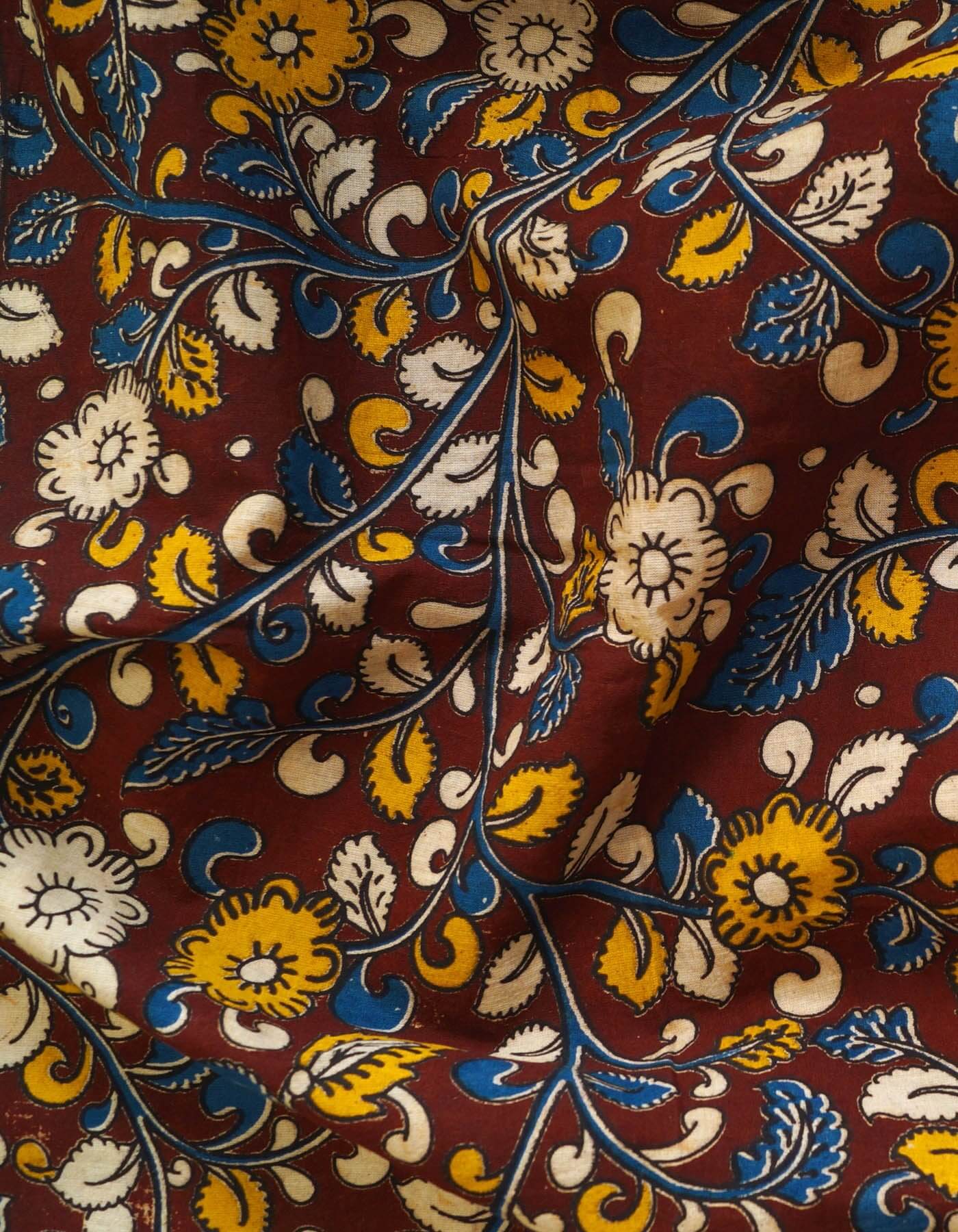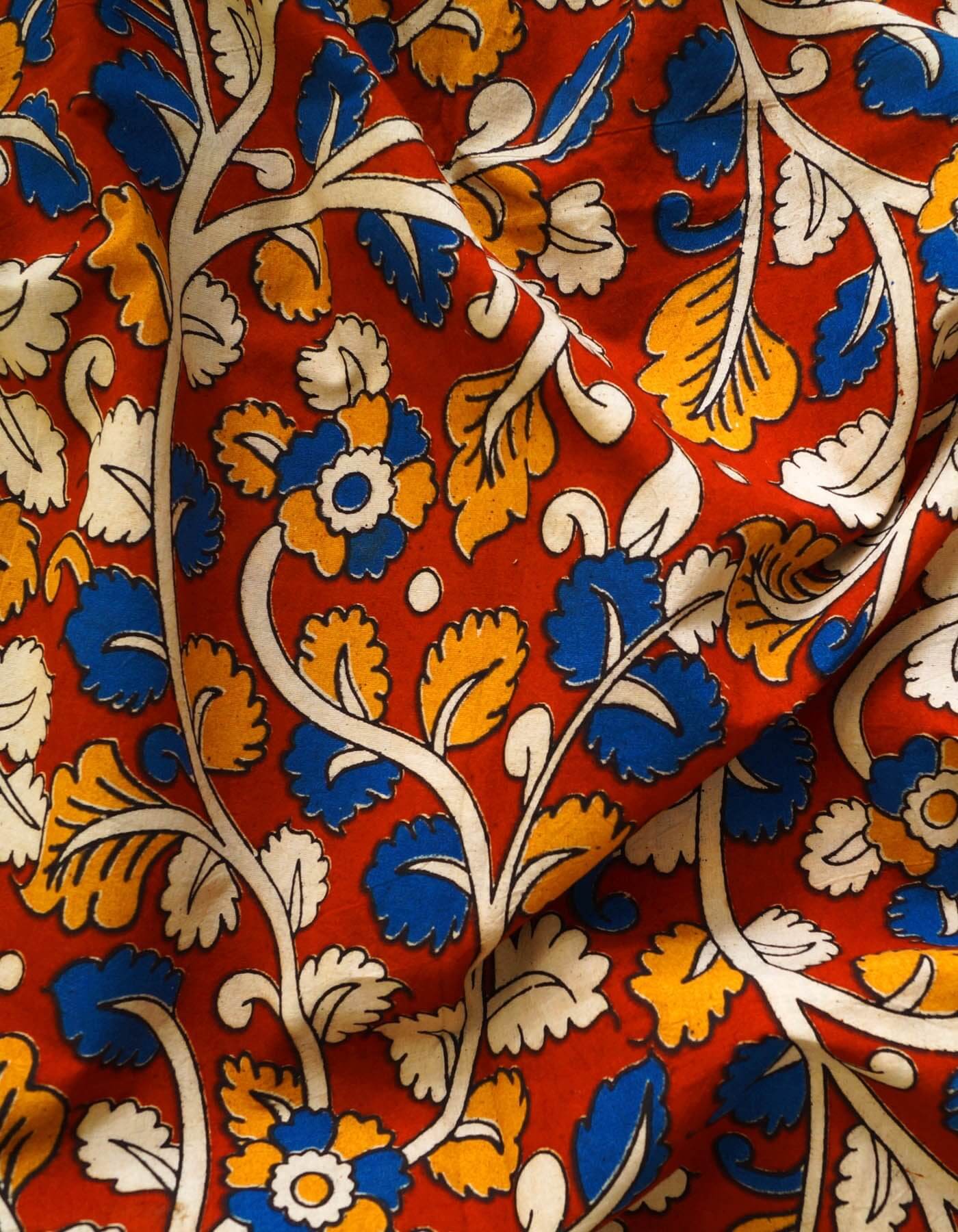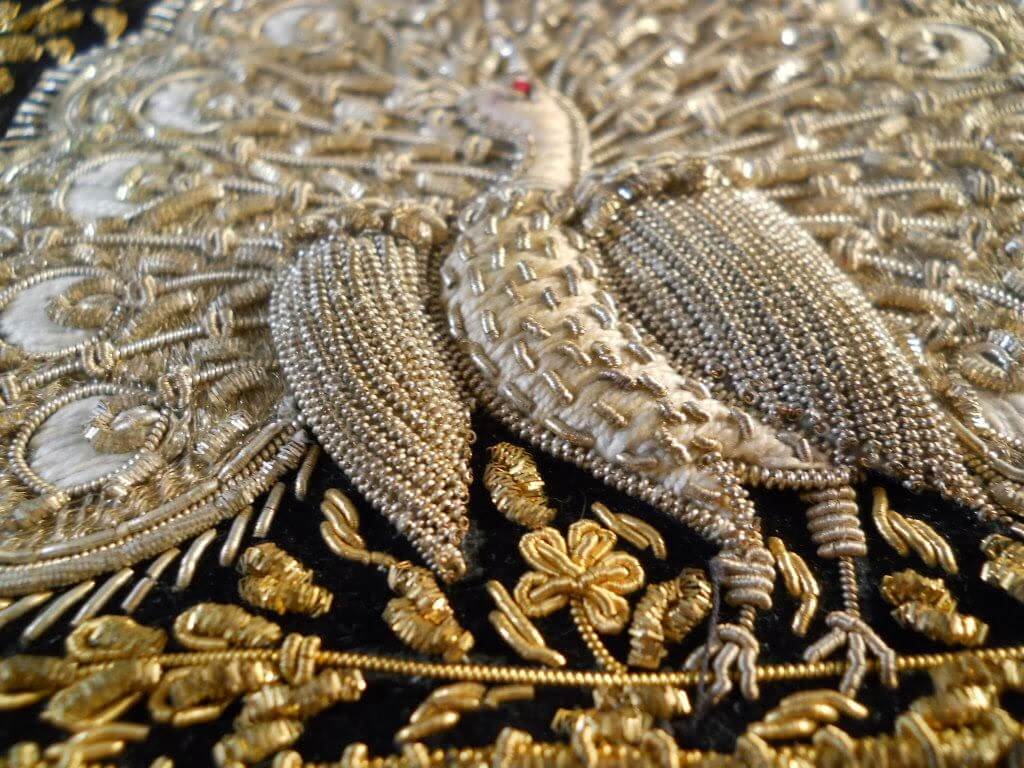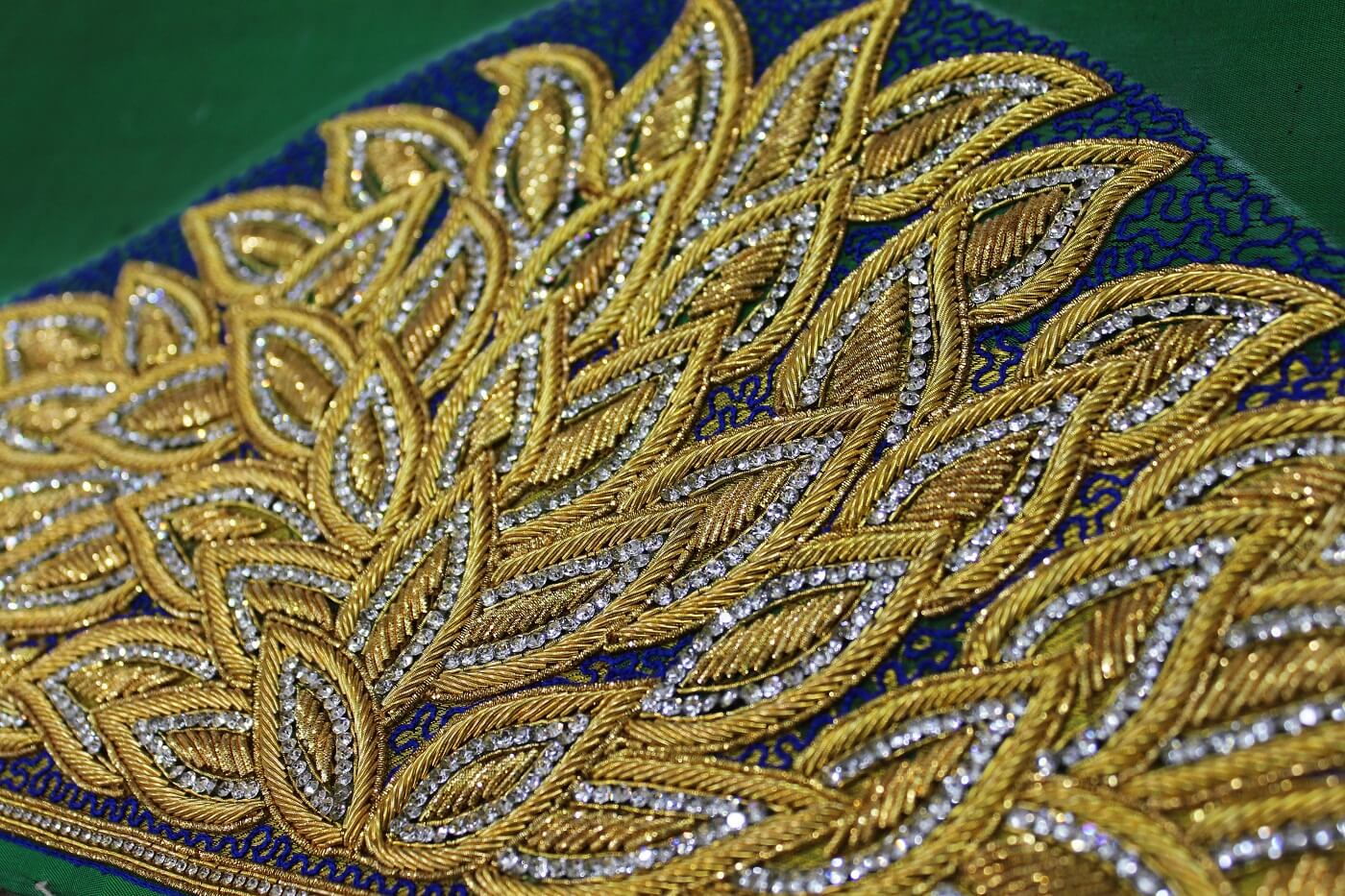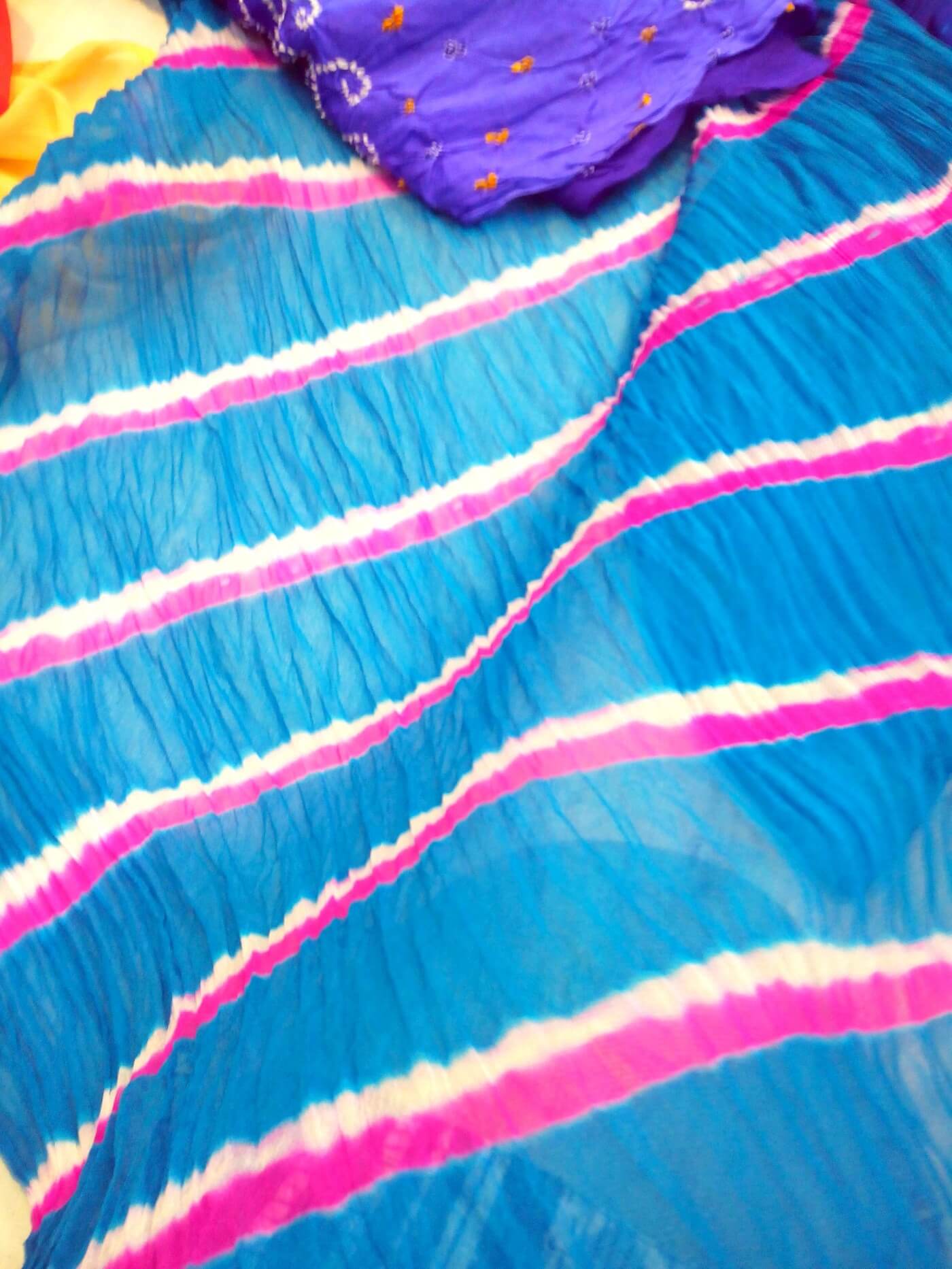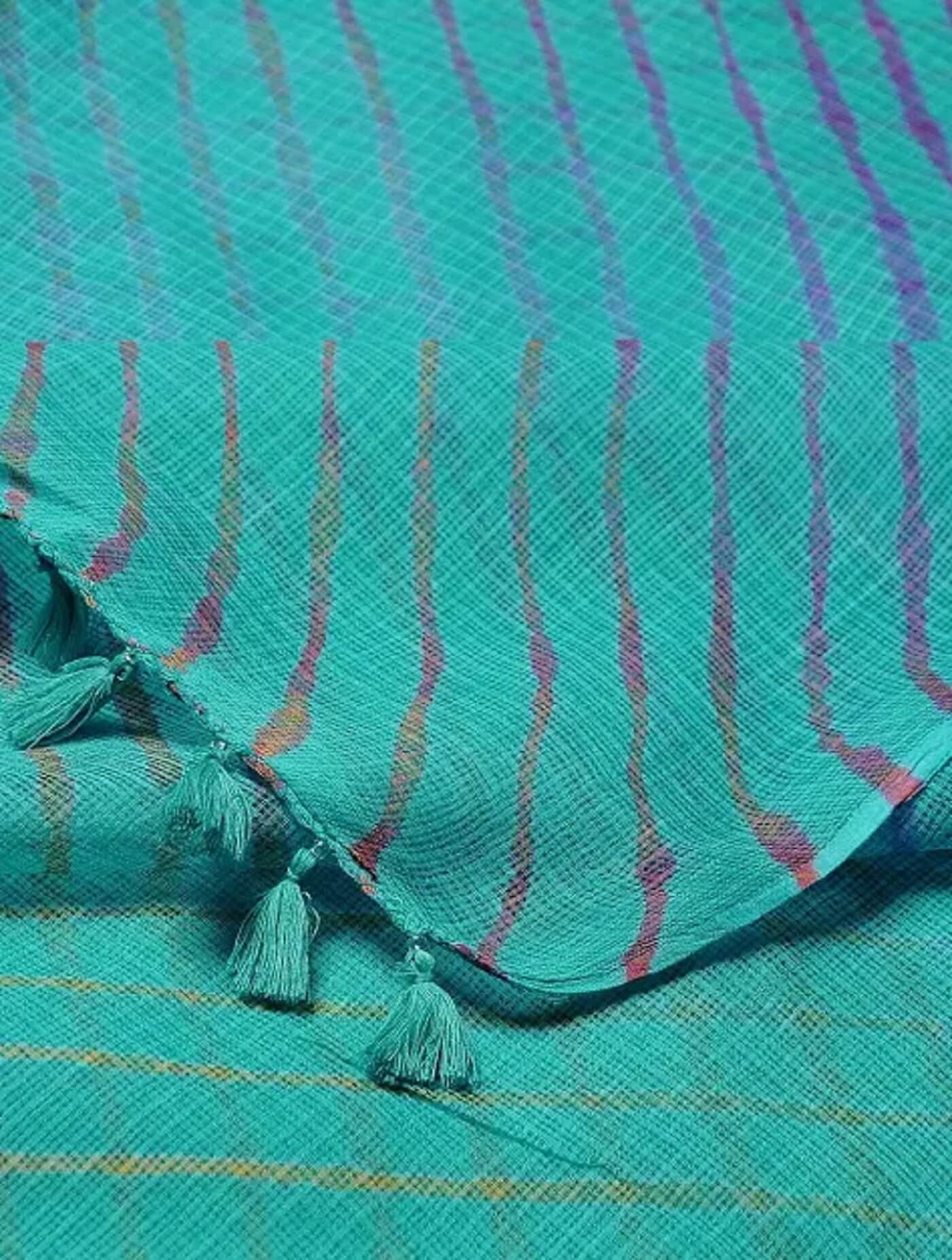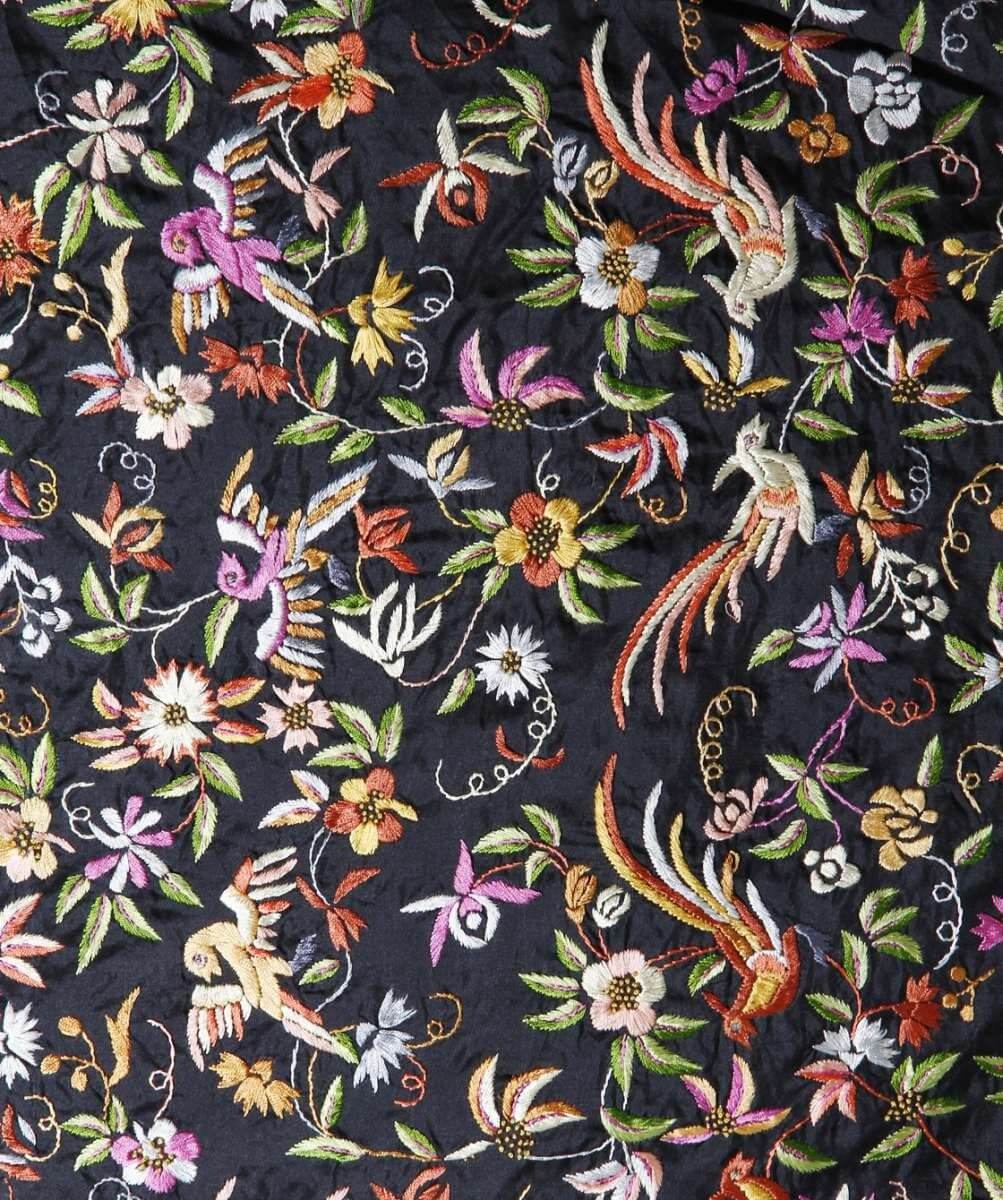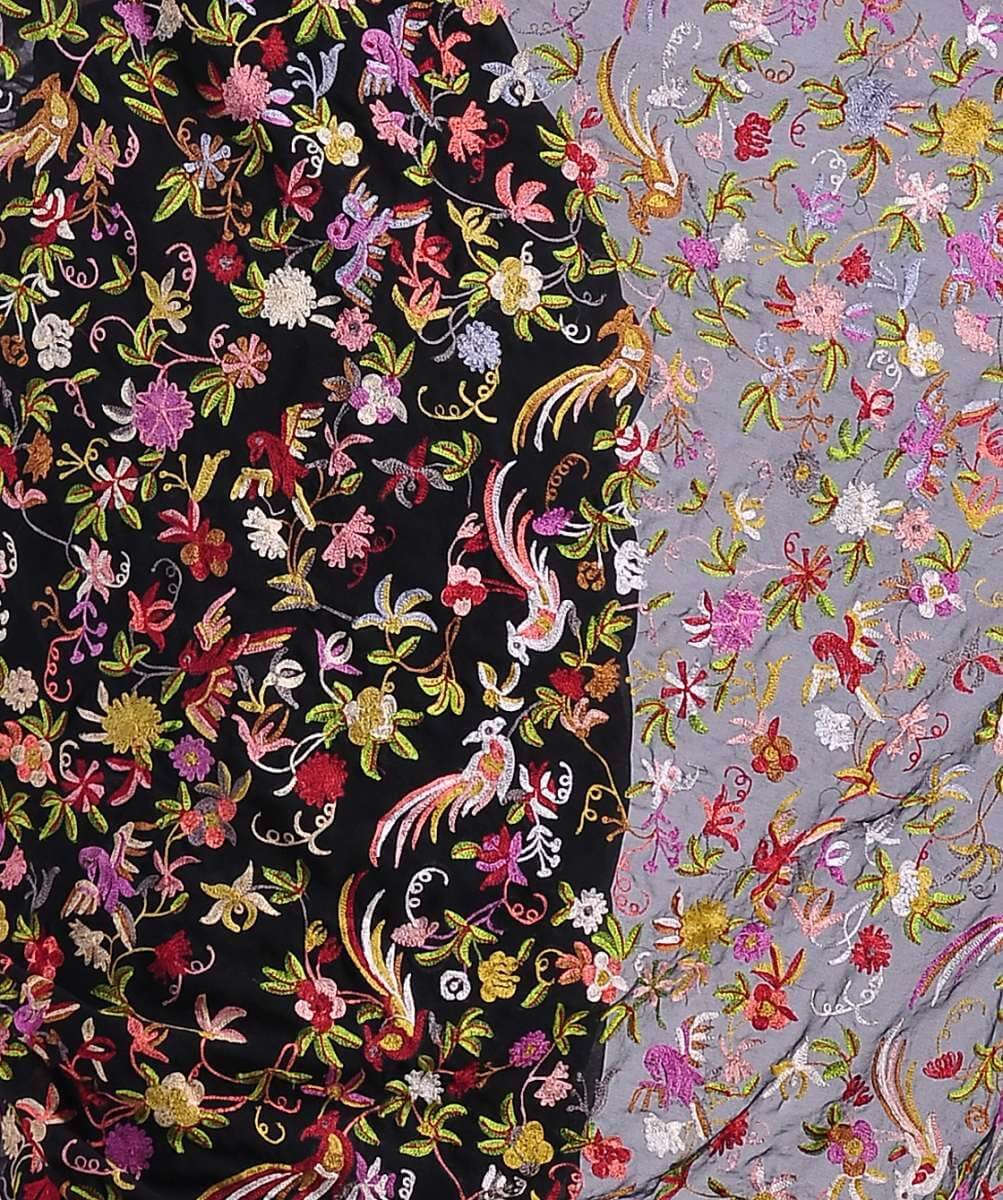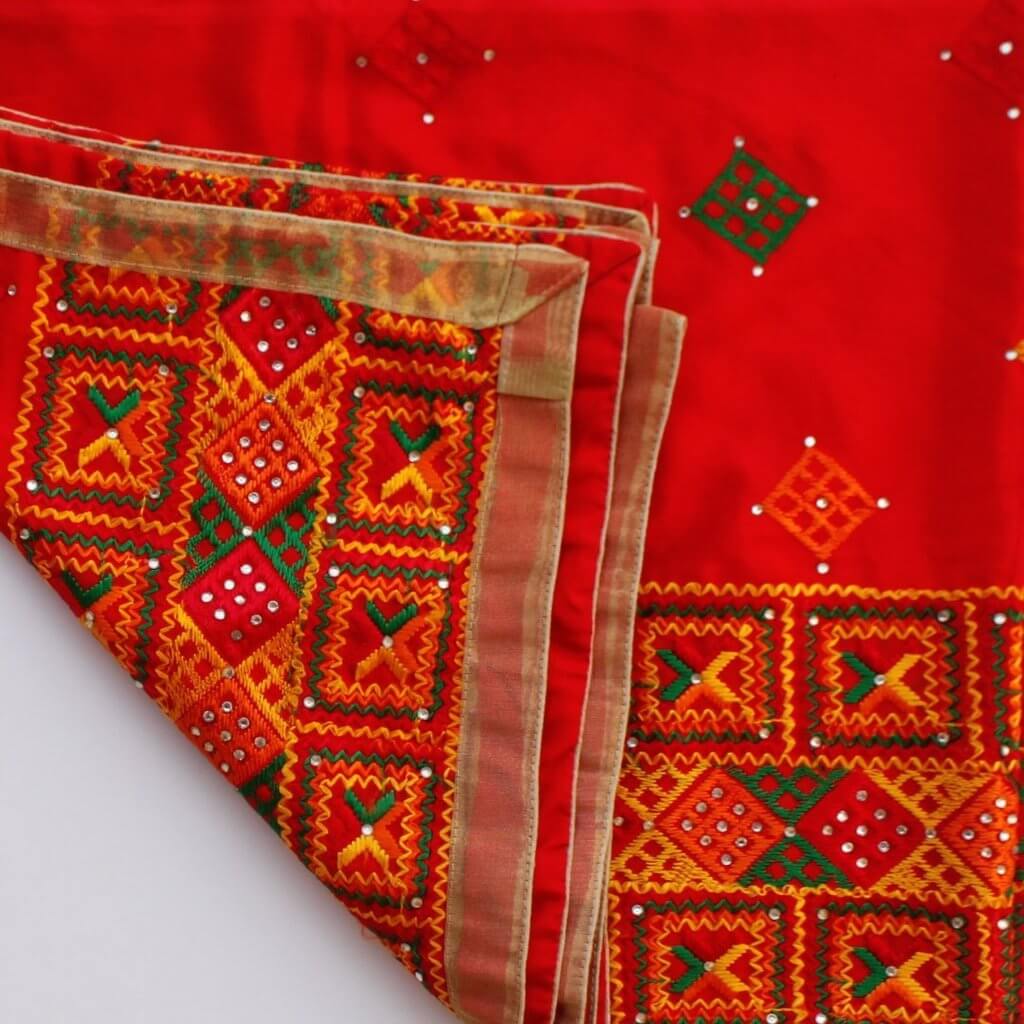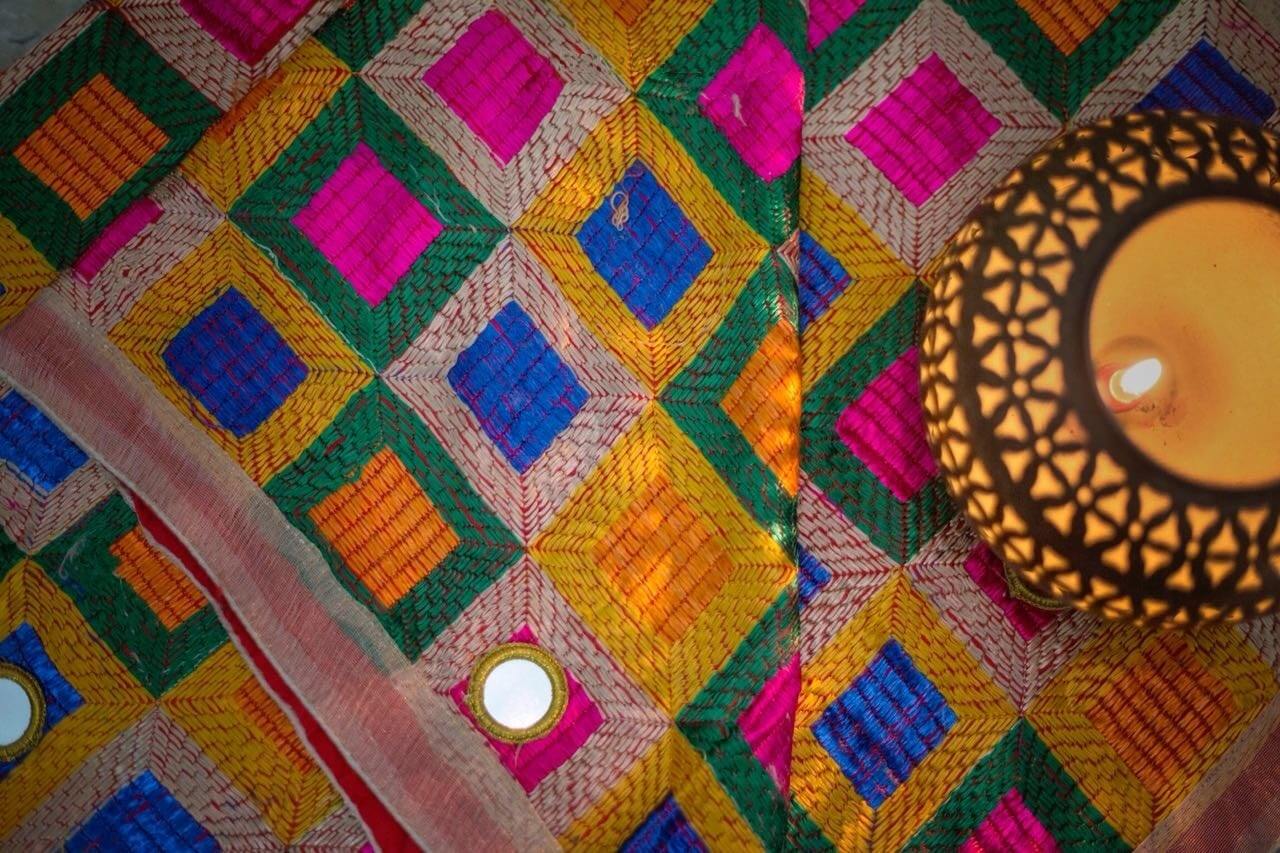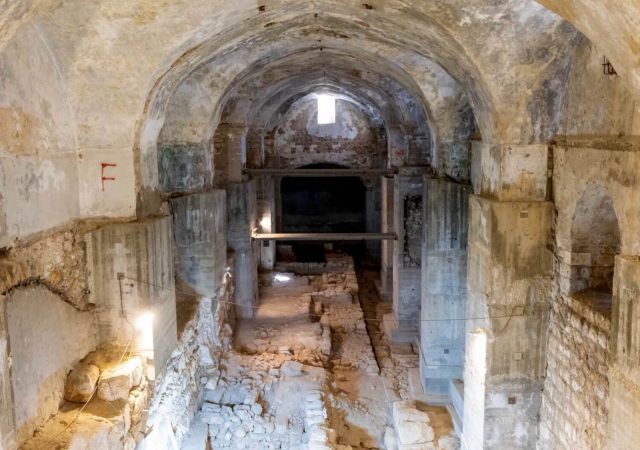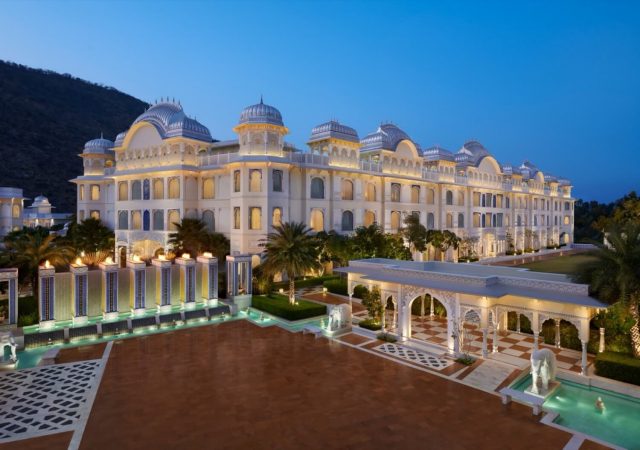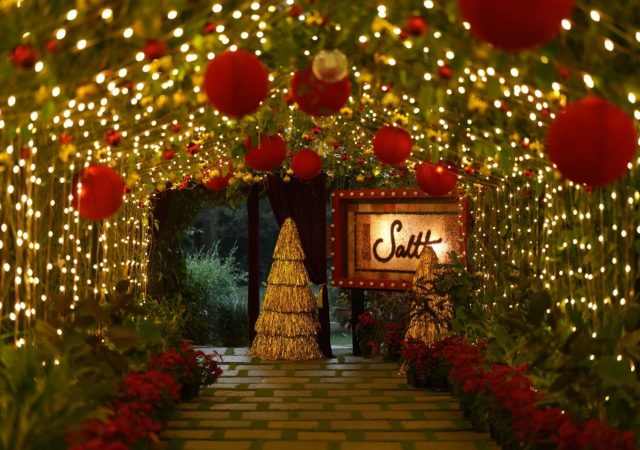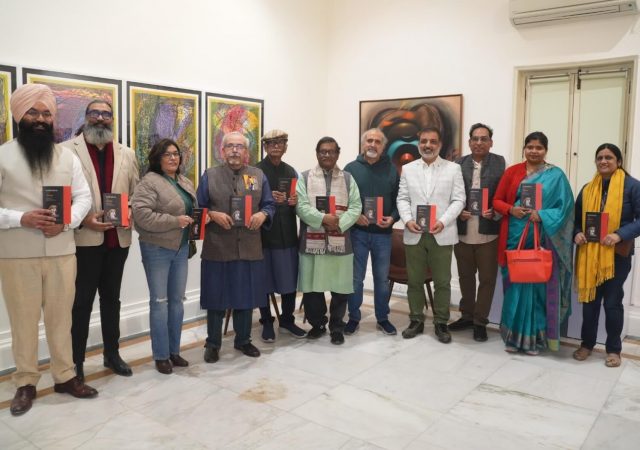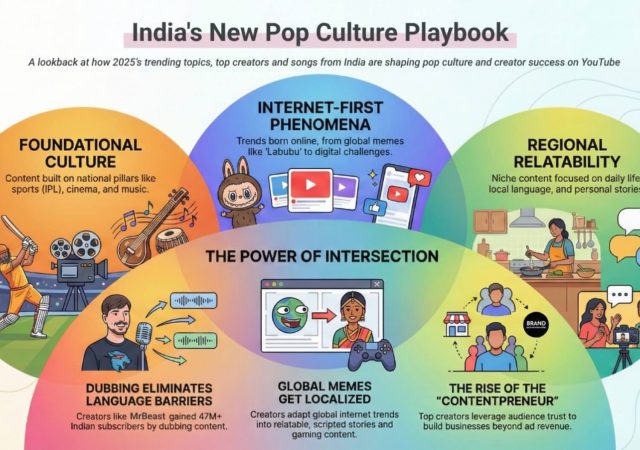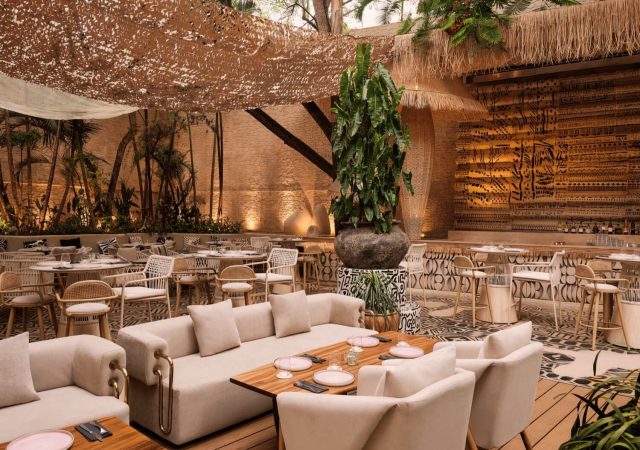The ethnic fabric prints and patterns of India seem to make a comeback. The fabrics that once limited themselves to sarees, lehengas and kurtas can now be seen reinterpreted into modern forms like tunic tops, palazzos, blazers, and even evening party gowns, thanks to the fashion designers who are keen on preserving and reviving our heritage and ethnic handicrafts.
Bold Outline looks into some of the ethnic fabrics and handworks across the country to rediscover its heritage.
Kalamkaari Print
With its roots from Andhra Pradesh and Telangana, Kalamkaari is a hand painting technique where the artist uses a pen and natural dyes to draw and fill in design motifs. The word Kalamkaari is derived from the Persian words kalam, which means pen and kaari, craftsmanship. The designs take inspiration from Ramayana, Mahabharata and more recently Buddhism. Nowadays Kalamakaari patterns are digitally printed on cotton fabrics for mass production.
Zardozi Work
These originated in Persia and then found its way to the wall hangings and other decorative elements in the palaces of India. Zardozi work, those days, was done using golden and silver thread and the embroidery work also included precious beads and stones. Now copper threads polished in golden and silver finish and silk threads are used to create the same intricate organic designs.
Leheriya Print
Leheren means waves in Hindi; Leheriya fabrics from Rajasthan are first rolled diagonally in a fan-like pattern at regular intervals, tied, and then dyed in bright colours. The knots are then untied and the result is a series of wave-like patterns across the fabric, the feature from which the fabric gets its name. Leheriya fabrics were once used to make Rajasthani turbans, but now you can see them as sarees, stoles, and duppattas.
Gara Work
Gara works have a story about how it reached India and then became an integral part of Indian culture. In 650 AD, Persians or Parsis settled in different parts of Gujrat and imbibed the Indian culture. The Indo-Parsi menfolk later travelled to China and brought back the silk materials with oriental designs. Later on, Indian artistes recreated these designs using the same single silk thread embroidery to create oriental motifs.
Phulkari
The Phulkari works from Punjab comprises of embroidery done on silk or cotton fabrics with floss silk thread using the darn stitch technique on the wrong side of the cloth. The design feature geometric grids in different shades of red, magenta, orange and other warm colours as Phulkari fabrics are usually used to create wedding attires. They are sometimes enhanced with mirror works.



